Ousting the Confederates from New Mexico Territory
Glorieta Pass was the defining battle of the New Mexico Campaign
The Battle of Glorieta Pass was fought March 26–28, 1862 in the northern New Mexico Territory, during the Civil War. Some refer to this, the largest and most decisive battle of the New Mexico campaign as the Gettysburg of the West due to its overall significance to the war.
The Confederates campaigned to take control of the West, which would have greatly improved their chances of success. However, in just three days of tough fighting, the Union Army ruined the Confederate plans and sent them retreating to Texas.
Confederates Waged the New Mexico Campaign
The New Mexico Campaign, fought from February to April 1862, was an attempt of the Confederates to gain control of the American Southwest. They planned to raise a force in Texas, march up the Rio Grande, take Santa Fe, turn northeast on the Santa Fe Trail, capture the stores at Fort Union, head up to Colorado to capture the gold fields and then turn west to take California. By late Fall 1861, there were 3,500 Texas Rebels prepared to invade New Mexico.
The Confederates advanced north along the Rio Grande from Fort Bliss in Texas (near present-day El Paso). The Rebels engaged the New Mexico Infantry at Valverde approximately 170 miles south of Santa Fe in February 1862. The Union soldiers retreated to nearby Fort Craig and refused to surrender. Since the Confederates only had rations for three days, they couldn’t attempt a siege nor retreat. They instead began to move towards the territorial capital of Santa Fe hoping to resupply there. The Confederates “won” the Battle of Valverde but lost many of their horses and transportation causing them to carry their wounded. This slowed them considerably.
Confederate Texas Vanguard Captures Santa Fe
The Confederate forces reached Albuquerque on March 2 and Santa Fe on March 13, but due to their slow advance they failed to capture most of the Union supplies located at these cities. They were, however, to secure approximately a month of provisions. The slow advance also allowed reinforcements from Colorado to reach Fort Union.
Battle of Glorieta Pass
On March 25, 1862, Confederate and Union forces were camped on opposite sides of Glorieta Pass unbeknownst to one another. Glorieta Pass is where the Sante Fe Trail narrows as it winds through the Sangre de Cristo Mountains.
There was a skirmish on March 26 between scouts from each army, with the main battle occurring on March 28. The Confederates were able to push Union forces back through the pass. While the Confederates had won a technical victory, a unit of about 500 Coloradans had gone behind Confederate lines and destroyed more than 70 wagons loaded with Confederate food and gear. Without sufficient provisions to lay siege to Fort Union, the Confederates retreated. Eventually, the invading force was forced to withdraw entirely from the territory, with the Union retaking full control by June.

Aftermath
There were approximately 1200 soldiers on each side and casualties were high. The Union forces buried 51 men, there were 78 wounded and 15 were captured. Of the Confederates, 48 were killed, 80 wounded and 92 Rebels were captured.
In July 1862, the Confederate territorial government withdrew to El Paso, Texas. With the approach of Union troops of the California Column, it relocated to San Antonio, where it remained for the duration of the Civil War. The territory continued to be represented in the Confederate States Congress, and Confederate troops continued to fight under the Arizona banner until the war ended.
Wife of Union Major General “Angel of Santa Fe
Louisa Hawkins Canby was the wife of Union Major General Edward Canby who was responsible for the Union army in New Mexico Territory. Before her husband ordered his troops to retreat from Santa Fe, he instructed them to destroy or hide all essential supplies such as food, equipment, and blankets to hinder the Confederate soldiers. Mrs. Canby and the other Union wives were silent about hidden Union supplies as the Confederates searched for them.
When Confederate supply wagons were destroyed during the Battle of Glorieta Pass, many Confederates returned to Santa Fe. After visiting the sick Confederates who had no blankets to cover them in the Santa Fe winter, Mrs. Canby was so moved that she had the hidden supplies brought out of hiding and set up a hospital in her own home. She visited outlying camps to bring the sick and wounded into Santa Fe and deliver supplies and blankets. When she was criticized by some locals for aiding the enemy, Mrs. Canby said, "Whether friend or foe, the wounded must be cared for. They are the sons of some dear mother."
Summary
The Confederates might have taken Fort Union in the Rio Grande River Valley in New Mexico and even Denver, the territorial capital of the Colorado Territory, had they not been stopped by losing much needed supplies. This small battle removed any possibility of the Confederacy taking any of the western territories. The straggling Confederate troops were pushed back into Texas by the California Column.
The fighting dragged on in the east for three more years but in the Southwest the war against the Confederacy was over. However, the war against the Apache, Navajo and Comanche continued for the California garrisons until they were replaced by U.S. Army troops after the end of the Civil War. That will be the subject of a future post.
How to Visit
Pecos National Historic Park
Approximately 678 acres of the battlefield are preserved within Pecos National Historic Park located along Interstate 25 southwest of Santa Fe, New Mexico. National Park Service (NPS) allows access on the park's Civil War sites only to permit-holders and guided tours, however there are numerous interpretive signs along nearby roads through Glorieta Pass.
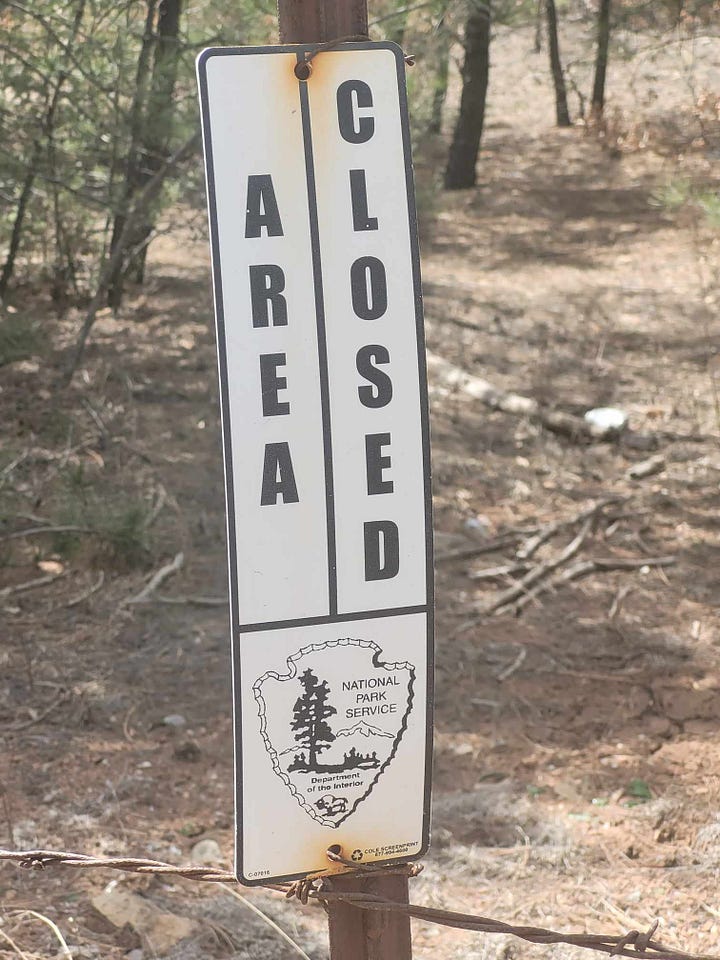
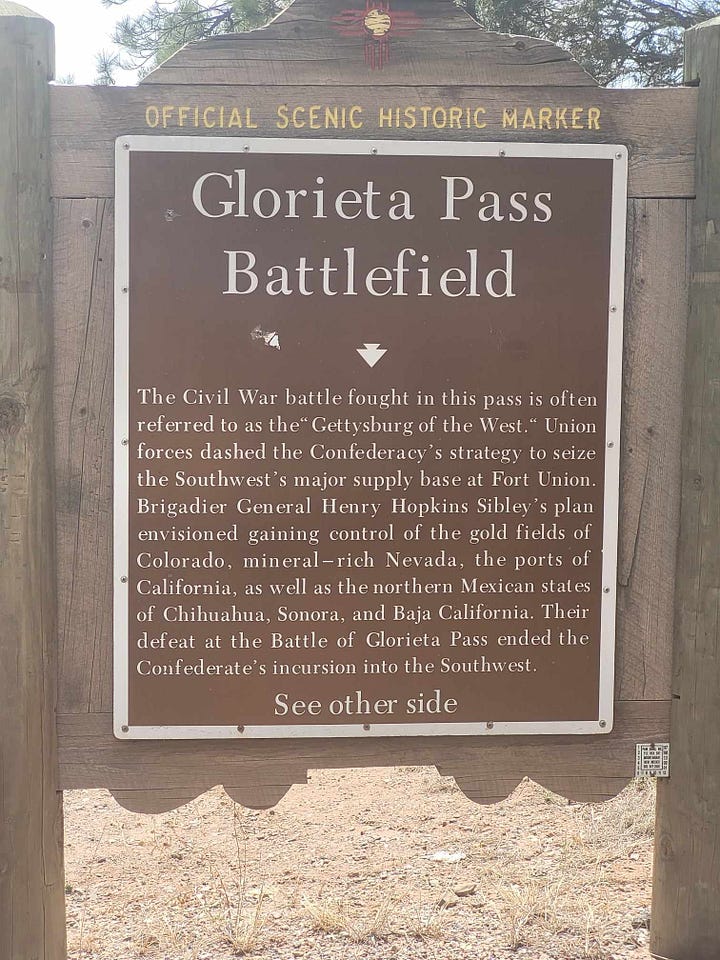
The park preserves much more that the battlefield including the ancient pueblo of Pecos, a colonial mission, Santa Fe Trail sites, and 20th century ranch history of Forked Lightning Ranch.
Fort Union National Monument
Fort Union National Monument is located 30 miles north of Las Vegas, NM along Interstate 25. The area preserves the adobe remains of the fort. In addition, wagon ruts of the Santa Fe Trail can be seen.
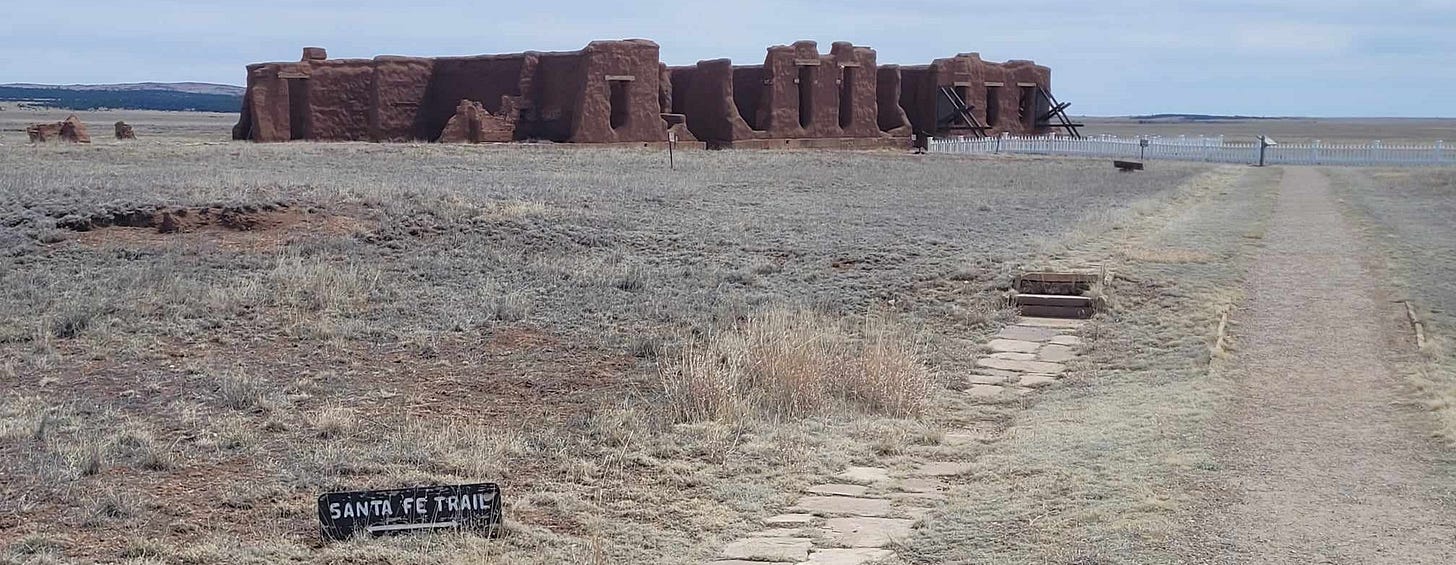
Next Time
It is so unlike me, but I will be taking next week off so I will republish an early post about Exceptional Saguaros. I have added to that post since I found and photographed a saguaro with over 80 arms. There are truly some beauties out there.






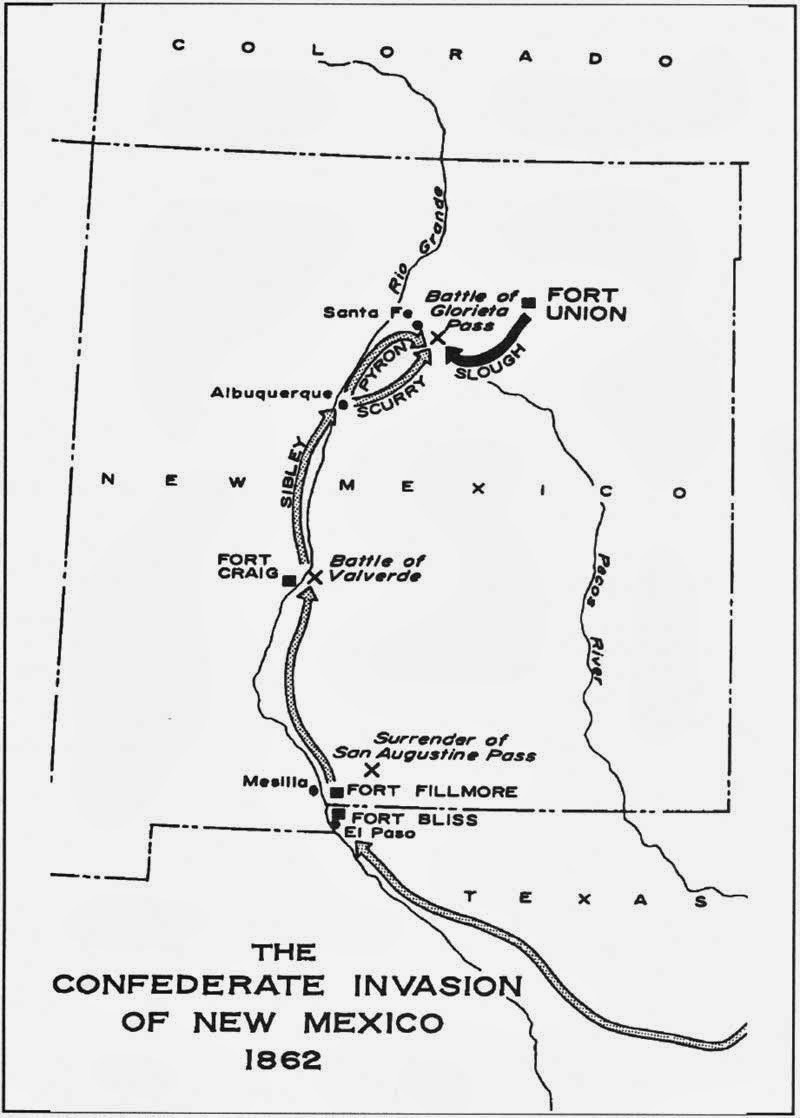
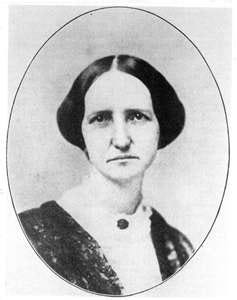

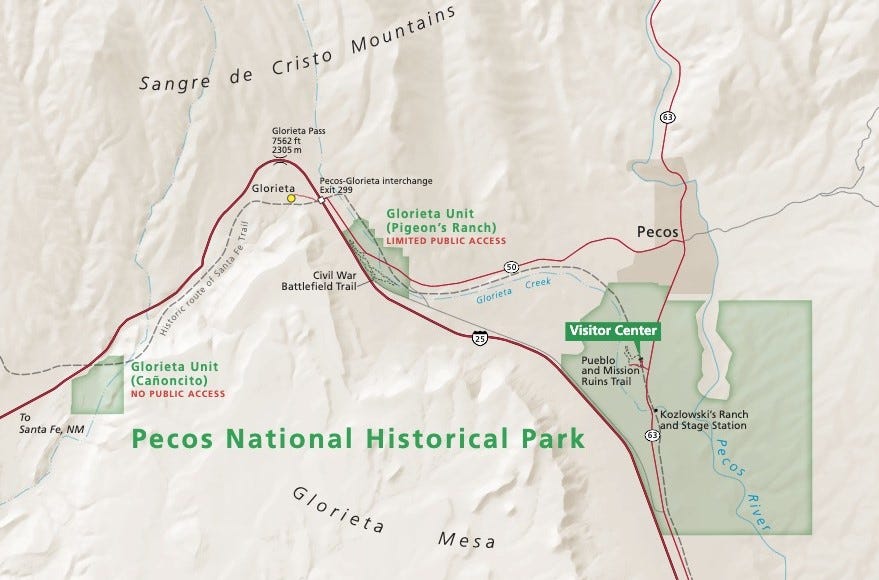
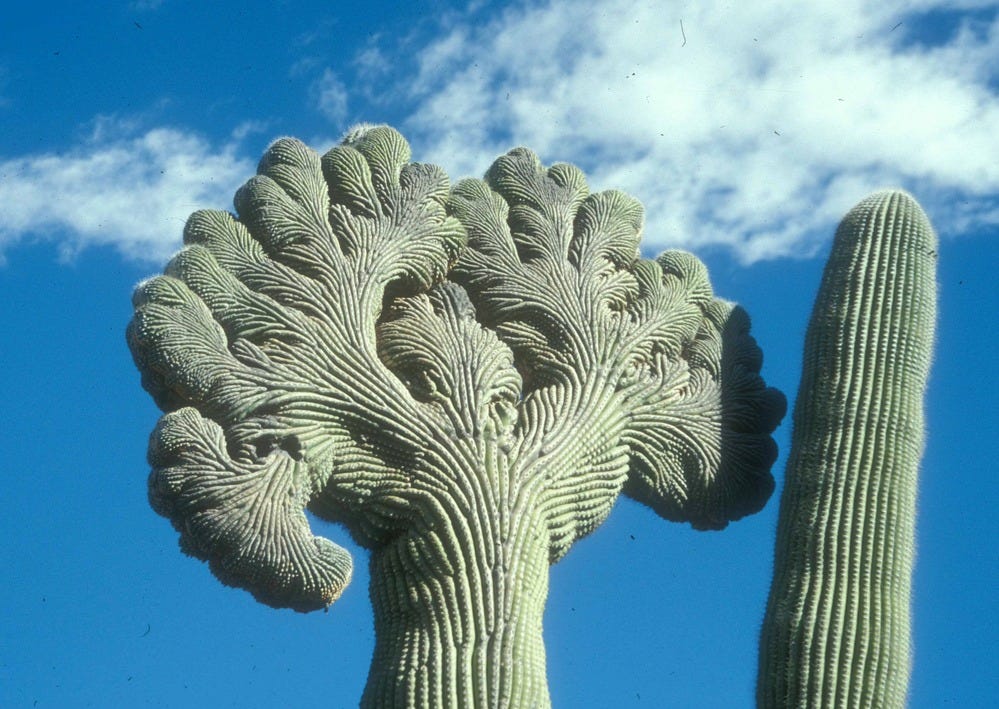
It’s so interesting that I have no idea of the civil war fought in the west. I am intrigued and grateful to you for the history lesson. Thanks so much.
The formative years of my life (8-16) were spent in the Four Corners area. I still consider Farmington my 2nd hometown. Reading your posts transports me back to that time. I'm a fan!!